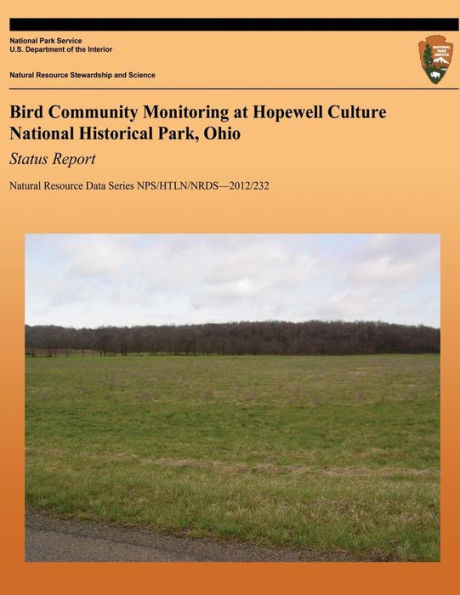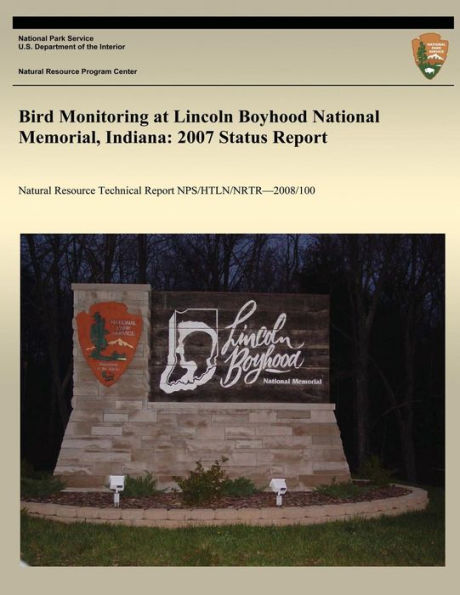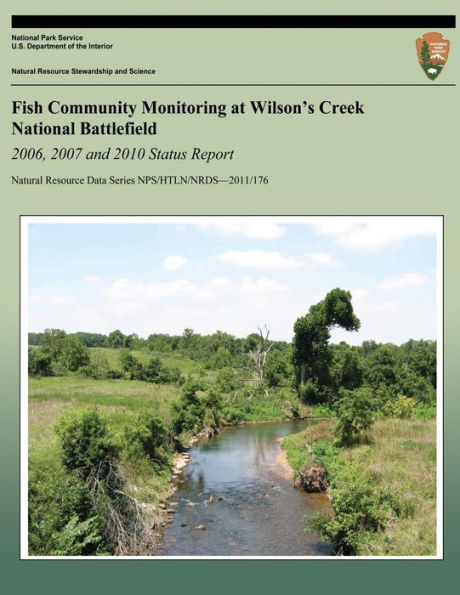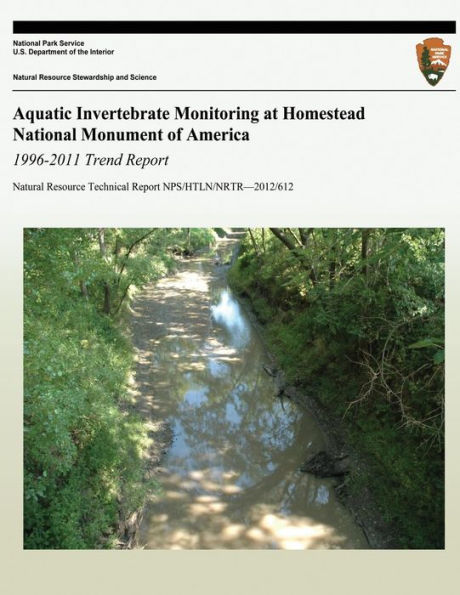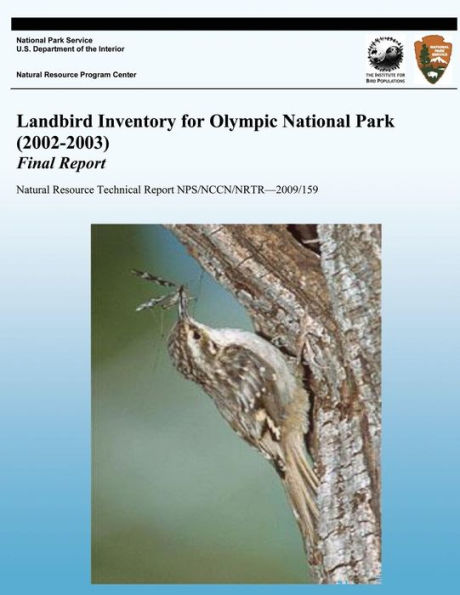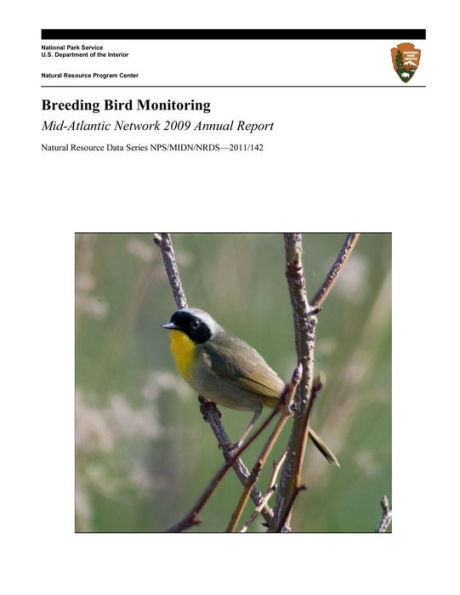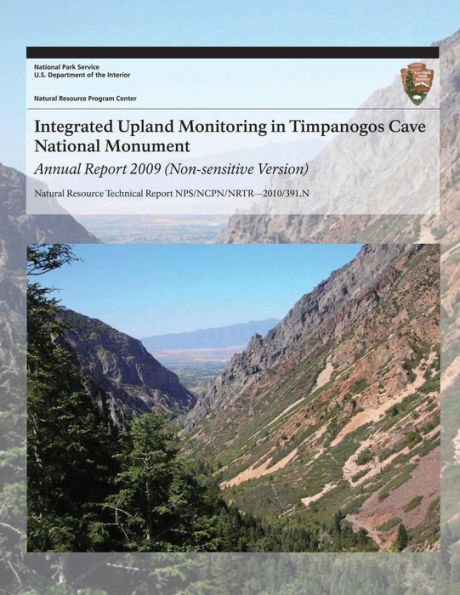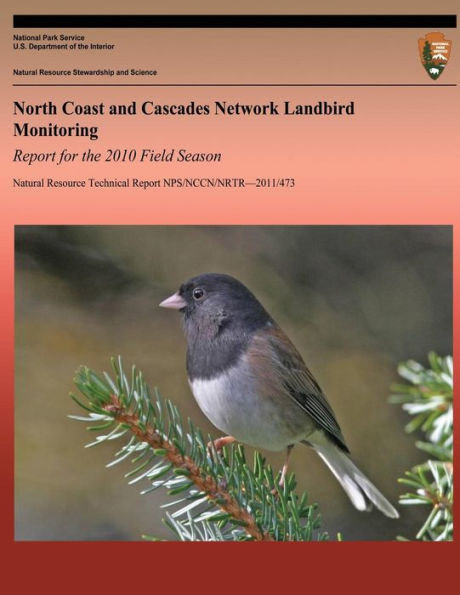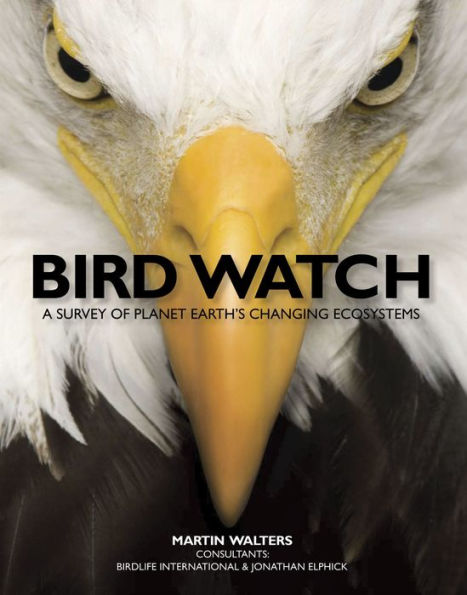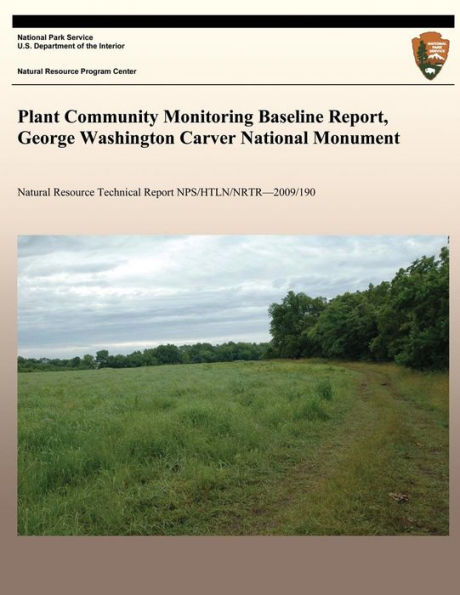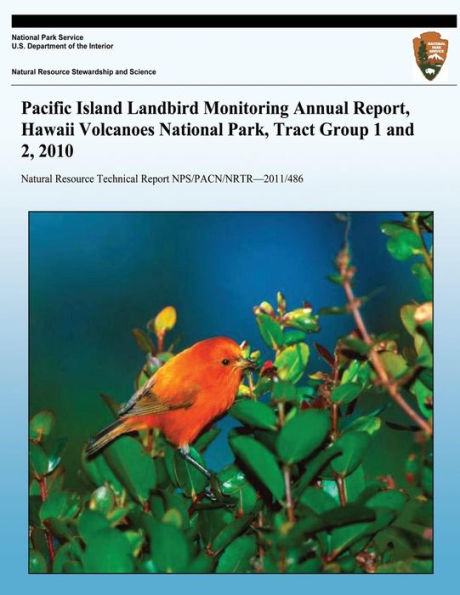Home
Bird Monitoring at Hopewell Culture National Historical Site, Ohio: 2005-2007 Status Report


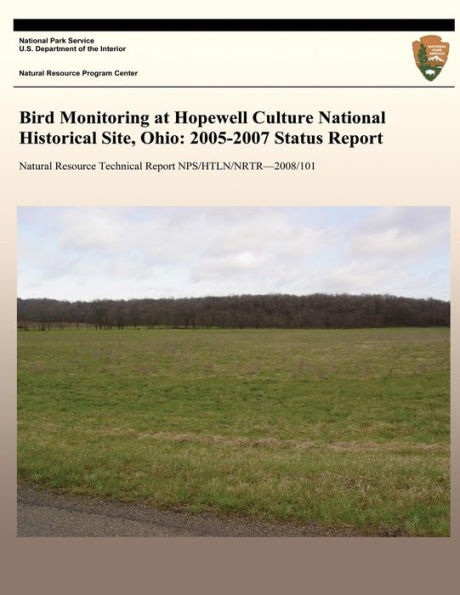
Bird Monitoring at Hopewell Culture National Historical Site, Ohio: 2005-2007 Status Report
Current price: $12.60
Loading Inventory...
Size: OS
During 2005, the Heartland I&M Network and Prairie Cluster Prototype Monitoring Program (HTLN) initiated breeding bird surveys on 27 plots at Hopewell Culture National Historical Site, Ohio (HOCU) to address two objectives through time. The first objective is to monitor changes in bird community composition and abundance. The second objective is to monitor the responses of bird communities to changes in habitat structure and other habitat variables related to management activities. This report provides plot specific and park-wide data on populations and breeding habitat of birds at HOCU. Results from 2005 through 2007 serve as a baseline for monitoring future changes in bird populations and habitat. We recorded 67 species of birds during the three years of surveys. Thirty species are permanent residents of Ohio. Thirty-six species are summer residents only. The remaining species is a migrant. Partners in Flight, a coalition of agencies and individuals whose mission is to conserve North America's declining bird populations, have classified 15 species recorded on the park as species of continental importance. Seven of the species of continental importance were observed annually, demonstrating the importance of the park to bird conservation. Red-winged blackbird is the most common species at HOCU during the breeding season, followed by Field sparrow, Indigo bunting, Northern cardinal, Song sparrow, American robin, Eastern meadowlark, Dickcissel, and Grasshopper sparrow. Eighteen species were represented by a single observation in only one of the three survey years. However, the occurrence of many of these rare species in the second and third survey years helped increase the species richness and diversity of these later years.
